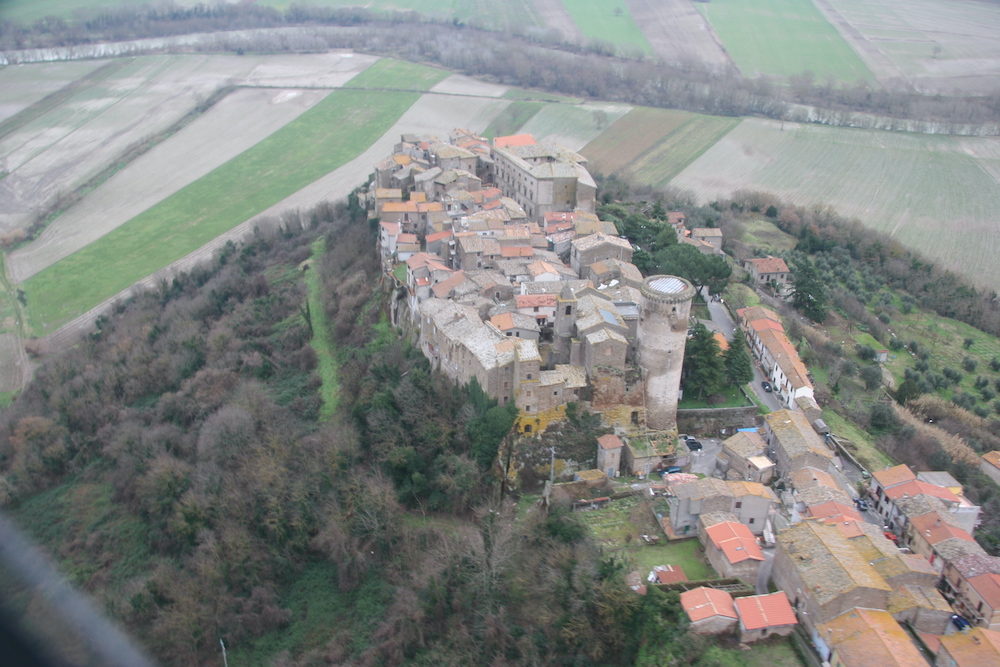in the signofVicino

Mount Casoli Reserve
The Monte Casoli Nature Reserve was established by Lazio Regional Law no. 30 of 1999. The managing body is the Province of Viterbo in collaboration with the Municipality of Bomarzo. The Reserve, 285 hectares and entirely within the municipality of Bomarzo, was established in order to promote the conservation and enhancement of the territory and natural and cultural resources and to protect and recover natural habitats including animal and plant species.

Mugnano in Teverina
A few kilometers from Bomarzo is Mugnano in Teverina, a small hamlet located on high ground close to the Tiber and its valley at 133 m above sea level and inhabited by nearly 100 people. Similar to other centers of the Teverina, the original Etruscan settlement developed on the plateau of an easily defensible tuffaceous spur, made even more protected by a deep moat that still divides the plateau into two distinct parts, the outermost of which was inhabited only in modern times.
Bomarzo
From the Etruscan settlements, to the splendor of the Middle Ages, to the splendor of the Renaissance, Bomarzo is a land of ancient suggestions.
Orsini Palace
The construction phases of Orsini Palace are linked to the events of the family of the same name. Prince Giovanni Corrado Orsini initiated its construction.
Mugnano in Teverina
A few kilometers from Bomarzo is Mugnano in Teverina, a small hamlet located on high ground close to the Tiber and its valley.
Mount Casoli Nature Reserve
Bomarzo's Monte Casoli Reserve, established in 1999 and now known for its natural and archaeological beauty.
Traditions and Products
A community rooted in traditions and the enhancement of products of remarkable excellence

The Sacred Forest
A congeries of giant, eerie stone figures, originally colored, are arranged among the vegetation on the sloping terraces of an enchanting natural amphitheater.
Monsters with ancient charm
The Sacred Grove, known to all as the Monster Park is a unique work of its kind, conceived and commissioned by Vicino Orsini, a fine scholar who was part of the close circle of poets and men of letters in Venice and Rome, a valiant condottiero, who spent his mature years there in the company of his closest friends. According to some fruit of the creator's conflicted state of mind, the "monsters" are nevertheless explanatory of a culture that matured within that taste for the horrid, the magical and the esoteric in vogue in Rome in the second half of the 16th century.
